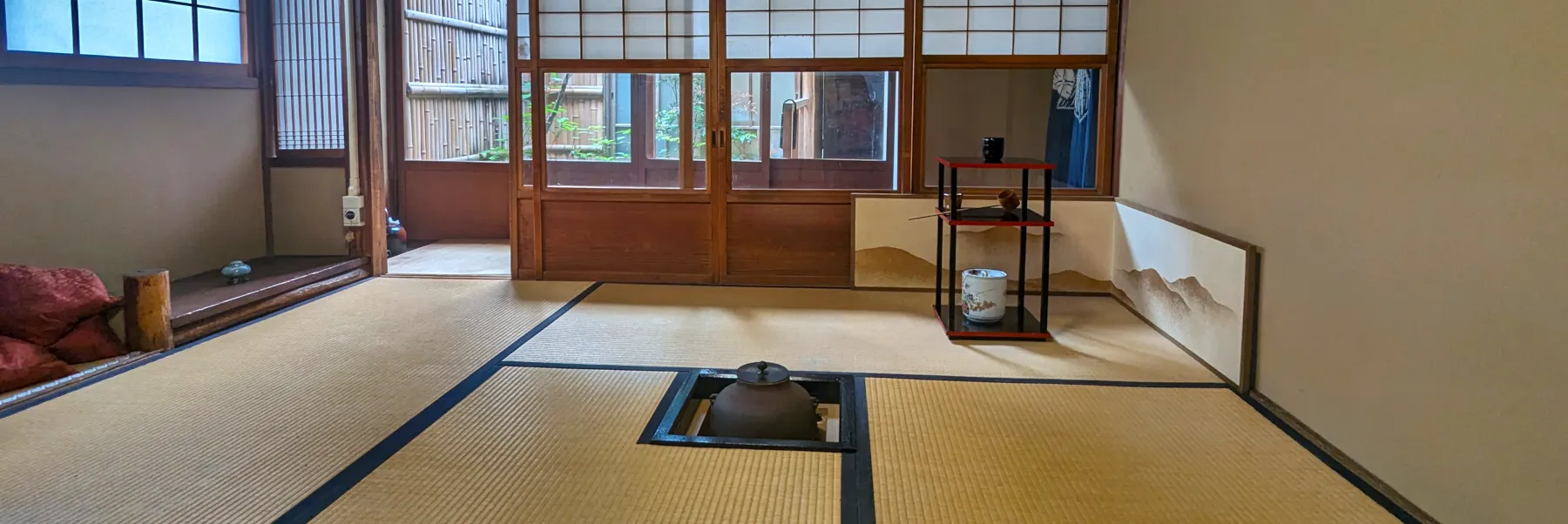
Japan and South Korea Itinerary (+ Map)
TL;DR
You have 3 weeks to travel Japan and South Korea, we have the perfect itinerary for you!
We have recently visited Japan and South Korea on one trip and strongly believe that instead of deciding which one to go to you should combine both countries! They complement each other really well – plus they are only a short ferry ride apart.
We tried to keep this blogpost short because we cover 21 days. We have linked to more detailed resources throughout the article if you want more details.
21 Days Japan and South Korea Itinerary Overview
For our 21 days South Korea and Japan itinerary, we’ll spend 10 days in Japan and 10 days in Korea:
- 3 days in Tokyo
- 1 day in Hakone
- 2 days in Kyoto (day trip to Nara)
- 3 days in Hiroshima (day trips to Miyajima & Bunny Island)
- 1 day in Fukuoka
- 1 day on the ferry from Fukuoka to Busan
- 2 days in Busan
- 2 days in Gyeongju (day trip to Bulguksa Temple)
- 2 days in Andong (day trip to Hahoe)
- 4 days in Seoul (day trip to the DMZ)
3 Week Itinerary Korea and Japan
- Check out our complete Japan itinerary.
- Check out our complete Korea itinerary.
- Find cheap accommodations at booking.com.
- Book free walking tours via Guruwalk.
South Korea and Japan Itinerary Map
Day 1: Tokyo – Shibuya, Harajuku, and Shinjuku
Start your day at the famous in modern Shibuya with the famous Shibuya Crossing.
Go to Harajuku to enjoy the quirky shops and street food options at Takeshita Street.
Take a break at Meiji Shrine before you jump into the nightlife of Shinjuku.
We have written a full 3 day Tokyo itinerary (including a map) for more details!
Day 2: Tokyo – Ginza & Akihabara
Start your day at Tsukiji Fish Market before walking to Ginza for some (window) shopping.
Check out the Imperial Palace and Tokyo Station before you head to Akihabara with its many electronics shops and maid cafes.
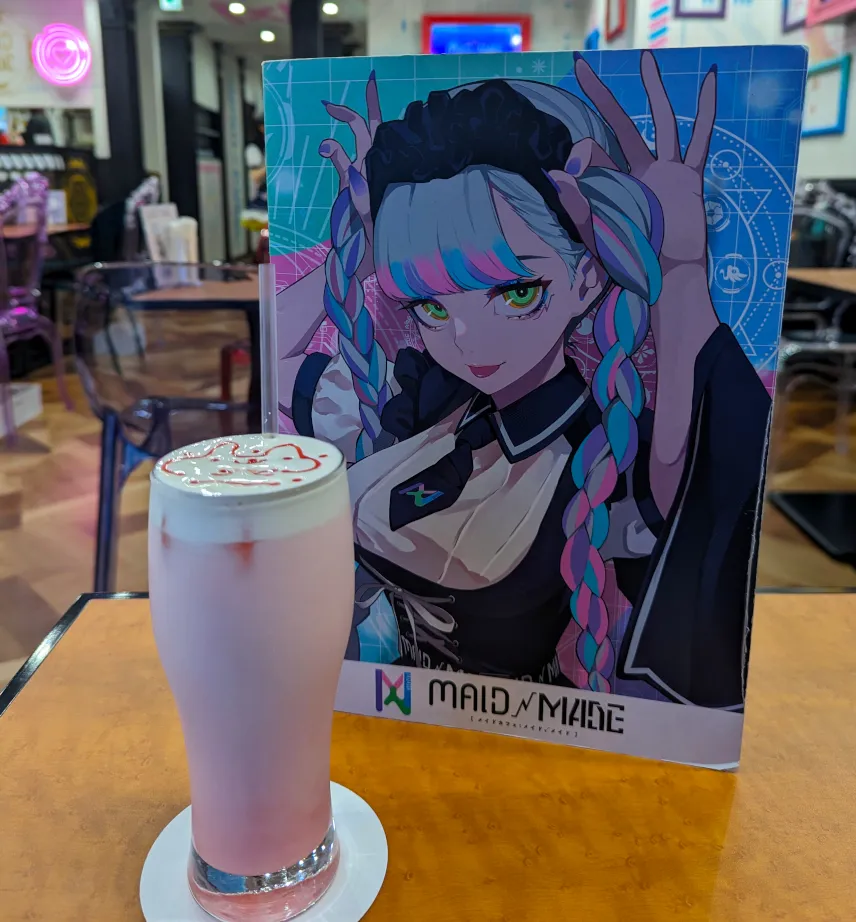
Day 3: Tokyo – Yanaka & Asakusa
Explore some of the more traditional parts of Tokyo today.
Start in Yanaka which is full of nostalgic charm. Tennoji Temple is the smaller brother of the Instagram-famous Fushimi Inari Shrine in Kyoto – without the crowds.
Afterwards, head to Asakusa which is most famous for Senso-ji, the oldest Buddhist temple in Tokyo.

Day 4: Hakone
Hakone is great if you love nature, volcanoes, and spas.
Get an early start and hop on the train: If you’re efficient, you can absolutely get there, do the famous Hakone Loop, and relax in your **Onsen** accommodation in one day!
We have written a full 2 day Hakone itinerary (including a map) for more details!
Day 5: Kyoto – Alleys, Temples, and Geishas
Put on your walking shoes and get your history fix. Wander the cute alleys and explore some of the over 2000 temples and shrines in Kyoto.
Grab a quick lunch at Nishiki Market before you hop on a train to the Instagram-famous Fushimi Inari Shrine.
In the evening, learn about the Geisha Culture (we can fully recommend this Gion Geisha free walking tour).
We have written a full 2 day Kyoto itinerary (including a map) for more details!
Day 6: Kyoto – Day Trip to Nara & Tea Ceremony
Start your day with a half-day trip to Nara to see the famous bowing deer as well as some great temples around Nara Park.
We have written a full Nara half day itinerary (including a map) for more details!
If you make it back to Kyoto early, we recommend visiting Kyoto Imperial Palace and Nijo Castle.
Kyoto is the best place to try a traditional Japanese tea ceremony. If you decide to do an evening tea ceremony at Tea Ceremony Koto, we recommend you to hop into Kinkaku-ji Temple right next door.
We have written a complete review about our Matcha Tea Ceremony at Tea Ceremony Koto if you want to learn more.
Day 7: Hiroshima
After the quick Shinkansen ride from Kyoto to Hiroshima, you will have enough time to explore Hiroshima.
Start in the historical area around Hiroshima Castle. Afterwards, make your way over to Hiroshima Peace Memorial Park to learn more about the atomic bombing of Hiroshima in World War II. We strongly recommend the Hiroshima Peace Memorial Museum.
We have covered the sights around Hiroshima Peace Memorial Park in a lot more detail in our 2 day Hiroshima itinerary (including a map).
Day 8: Hiroshima – Day trip to Miyajima Island
In the morning, take the streetcar and ferry to Miyajima Island. Visit the deer, Instagram-famous Tori gate in the sea of Itsukushima Shrine, and take the cable car to the top of Mount Misen.
After you make your way back to Hiroshima, try some famous Okonomiyaki around Hondori Shopping Street.

Day 9: Hiroshima – Day Trip to Rabbit Island
If you only have 21 days in Japan and Korea, this might be a controversial use of one of your limited days. We just loved it so much that we couldn’t help ourselves but to include it.
Rabbit Island or Okunoshima is an island off the coast of Hiroshima Prefecture. It’s an easy day trip from Hiroshima and it is literally full of cute bunnies.
There are also some nice beaches and light hikes but if you don’t like bunnies, you can skip it 😅
We have written a complete travel guide to Rabbit Island in case we have piqued your interest.
Day 10: Fukuoka
Many tourists only treat Fukuoka as the jumping-off point for the ferry to Busan. You can either do that or arrive a night early and enjoy the city. There’s so much to do and see here:
- Learn about the history of the city in Hakata.
- Eat Ramen! Fukuoka is not only the birthplace of udon and soba noodles but also of Hakata-style Ramen.
- Walk around Ohori & Maizuru Park.
- Explore the modern seaside around Momochihama.
We have written a full 1 day Fukuoka itinerary (including a map) for more details!
Day 11: Ferry From Fukuoka to Busan
We treated the ferry ride from Fukuoka to Busan as a one-day break from our busy schedule.
There’s even a free spa on board.
We have written a full review of our ferry ride from Japan to Korea!
Day 12: Busan – Downtown, Gamcheon, and Songdo
Start your day by exploring the markets and shopping streets of downtown Busan.
Enjoy the 360° views from Busan Tower.
Hop on a bus to Gamcheon Culture Village where you can enjoy colourful houses, alleys, and street art.
Head to Songdo Beach for Songdo Waterfall and the Songdo Cloud Trail. Float to Amman Park on the Busan Air Cruise cable car and admire the sea views.
We have written a full 2 day Busan itinerary (including a map) for more details!
Day 13: Busan – Haeundae
Haeundae Beach is one of the most famous beaches in South Korea. It’s also where Busan X the Sky, Korea’s second tallest building, is located.
From Blueline Park, you can take a scenic ride up the coast via the Haeundae Beach Train or Haeundae Sky Capsule.
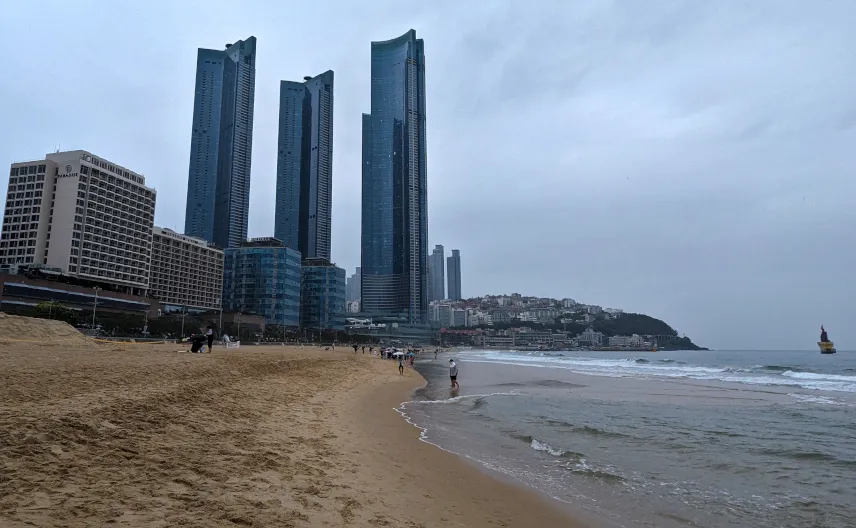
Day 14: Gyeongju
After the quick 30-minute train ride from Busan to Gyeongju, you’ll have plenty of time to explore the city. Gyeongju was the old capital of the ancient kingdom of Silla which covered almost all of recent Korea and is also known as “museum without walls”.
Put on your walking shoes and explore the sights around central Gyeongju, visit the Daereunwong Tomb Complex, Cheomseongdae Observatory, and Gyeongju Gyochon Traditional Village with Woljeong Bridge.
The Gyeongju National Museum with its free entrance is a must for history lovers!
Jungang Night Market is a nice spot for dinner.
We have written a full 2 day Gyeongju itinerary (including a map) for more details!
Day 15: Gyeongju – Day Trip to Bulguksa Temple
Start your day by taking the bus to Bulguksa Temple. The large temple complex is considered a masterpiece of the golden age of Buddhist art in the Silla kingdom.
From here, you can hop on another bus to Seokguram Grotto, the representative cave temple of Korea.
Back in Gyeongju, head to Hwangnidan Street, the main street of Gyeongju. It is lined with cafes, restaurants, and shops. The side streets are filled with cute cafes and street art.
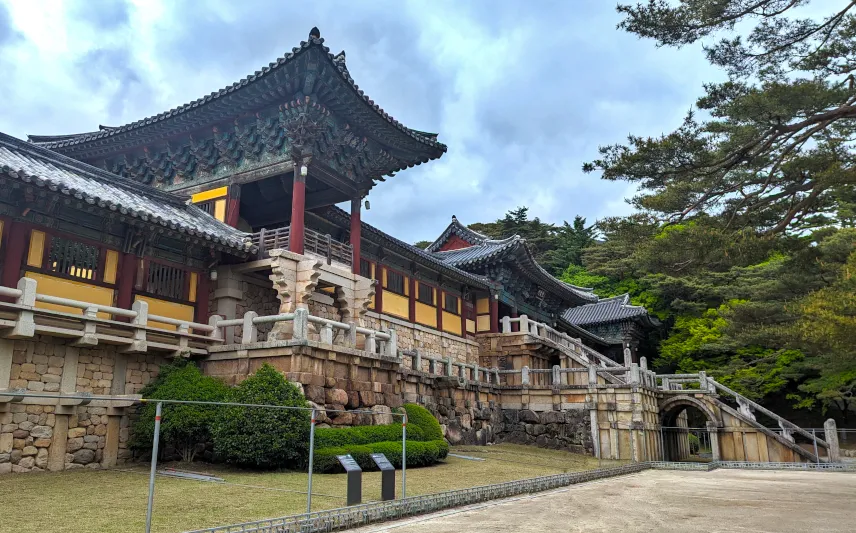
Day 16: Andong
Andong is famous for its folk heritage.
In case you’re interested in temples, you can take the bus to the largest Buddhist Temple in Andong, Bongjeongsa Temple, directly from Andong Terminal.
There’s also loads to explore in central Andong:
- If you’re interested in arts and culture, head to the Andong Traditional Cultural Contents Museum, Okjeong-dong Hanok Village, and Seongjingol Mural Village.
- If you want to learn more about Andong’s folk heritage and history, head to the Municipal Folk Museum and Andong Folk Village.
- For some scenery and nature head to the longest wooden bridge in Korea, Wolyeoung Bridge.
We have written a full 2 day Andong itinerary (including a map) for more details!
Day 17: Andong – Day Trip to Hahoe Folk Village
The highlight of Andong is Hahoe Folk Village. It is one of the most famous folk villages in Korea.
You can walk around the village and explore several residences and pavilions. The Hahoe World Mask Museum is included in your entrance fee!
Our personal highlight was the Hahoe Mask Dance Drama which was surprisingly unhinged.
We have written a complete Hahoe Folk Village travel guide (including a map) if you want more details!
Day 18: Seoul – History and Culture
We fell in love with the capital of South Korea!
Start with the historical highlights of the city. Palaces like Gyeongbokgung Palace, Changdeokgung, and Changgyeonggung Palace are a must-see.
You should also visit the historical Hanok villages like Bukchon Hanok Village or Ikseon-dong Hanok Village.
Don’t miss out on Seoul’s famous shrines and temples like Jongmyo and Jogyesa.
Many of the museums in Seoul have free entry. Amongst many others, we can recommend the National Museum of Korean Contemporary History and the National Folk Museum of Korea.
We have written a complete 4 day Seoul itinerary (including a map) if you want more details!
Day 19: Seoul – Gangnam, Hongdae, and Itaewon
Today, it’s time to explore some of the vibrant neighbourhoods of Seoul.
First, make your way to Gangnam. Check out Bongeunsa Temple, COEX Mall with Starfield Library as well as the Statue of Gangnam Style.
Next, hop on the train to Hongdae. While it’s not full of sights, it’s a very young neighbourhood full of cafes, restaurants, and boutiques. Stroll down Hongdae Street and try some of the street food.
Last but not least, head to Itaewon, Seoul’s international district. Check out Little Vietnam, Little Arabia or World Food Street. This is also the prime pub crawl destination in Seoul.
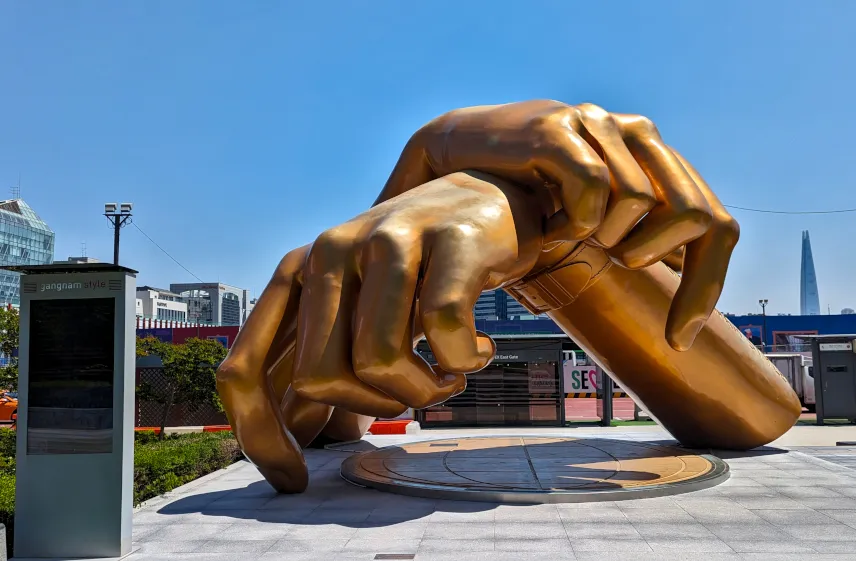
Day 20: Seoul – Day Trip to DMZ
Personally, we think a tour of the DMZ, the demilitarized zone between North and South Korea, belongs on every Korea bucketlist.
We visited
- 3rd Invasion tunnel
- Dora Observatory
- Imjingak
- Unification Village
- Mt. Gamaksan Suspension Bridge
with DMZ Adventure and can fully recommend it.
We have written a complete review of our DMZ Tour from Seoul.
Day 21: Seoul – Modern Seoul
Today is the day last day of your trip – treat yourself. Maybe start in a Korean spa before you head to Gwangjang Market to indulge in some delicious Korean street food.
Next, explore more of modern Seoul. Stroll down the Cheonggyecheon Stream, visit art and history at the DDP (Dongdaemun Design Plaza), and check out Myeongdong, one of Seoul's main shopping and tourism districts.
Admiring the 360° views from Namsan Seoul Tower could be a great end to your trip – at least it was for us…

Disclaimer: This post contains affiliate links. If you use these links to buy something we may earn a commission. You would help us a lot if you do so. Thanks.




